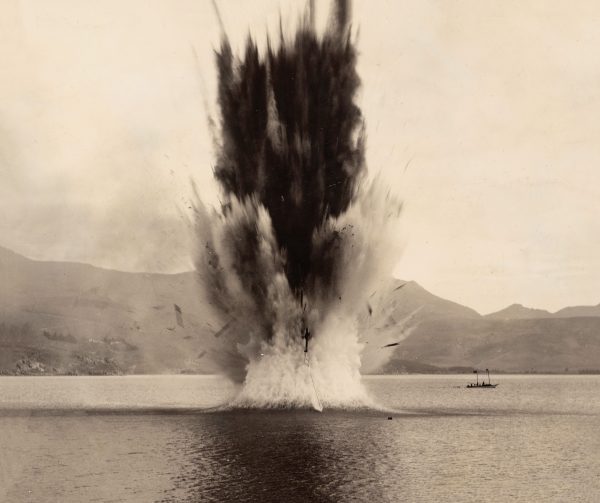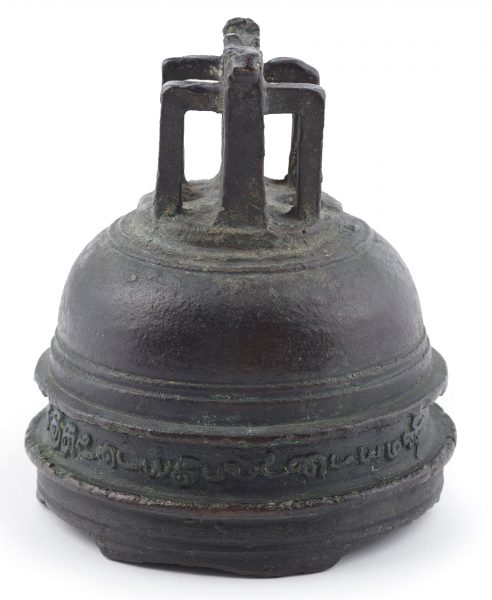“We are everywhere”
The fight to decriminalise homosexuality.

If there were such a thing as a social seismograph—a piece of tech that recorded the collisions and ruptures caused by deep-seated movement in New Zealand society—it would have been off the charts in the 1980s. Shock after shock brought a usually restrained public out onto streets, playing fields and harbours. There was the Springbok rugby tour of 1981, French nuclear tests in the Pacific, and, in 1985, the Homosexual Law Reform Bill.
Homosexuality had long been considered immoral and unnatural in Britain and its colonies, and buggery was punishable by death. In 1893, following changes in English law, New Zealand extended prohibitions to include any sexual activity between men and replaced the death penalty with flogging and imprisonment for life with hard labour. Consent was no defence. (Sex between women has never been illegal in this country.)
It wasn’t until almost 70 years later that attempts were made to repeal the legislation, or at least reduce its severity. In 1959, Attorney-General Rex Mason tried unsuccessfully to soften the sanctions on some homosexual activities—spurred, some say, by the suicide of a gay acquaintance. The Crimes Act 1961 did away with the threat of life imprisonment for sodomy, but still kept it illegal. Impatient for change, in 1967 activists in Wellington formed the New Zealand Homosexual Law Reform Society and invited former governor-general Lord Cobham to be its patron. His forthright reply signalled the difficulties ahead. “These people are sick,” he said. “The whole problem of legalising this offence seems to me to hinge upon the extent to which the disease is contagious.”
It was to be a common refrain: if not contained, homosexuality would destroy the family, spread AIDS, and erode the very fabric of society. Some even conflated homosexuality with paedophilia. Well-meaning proposed legislation in the 1970s didn’t go far enough for gay liberation groups, which demanded total equality, including in the contentious area of age of consent.
Then in March 1985, Fran Wilde, MP for Wellington Central, introduced the Homosexual Law Reform Bill. This private member’s bill, in two parts, aimed to decriminalise consensual male homosexual practices, and to end discrimination for both men and women on the grounds of sexual orientation. Opposition was fierce—a petition against the bill delivered to Parliament in September contained some 800,000 signatures.
Finally, on the evening of July 9, 1986, came the bill’s third reading. It was a Wednesday. Outside Parliament, a group of Catholics prayed before a glass-cased statue of Mary, as they had so often over the previous 18 months, their faces lit by kerosene lanterns. In the House, tension was palpable.
“Every seat was taken, most by lesbians, gay men and our friends,” recalled one of the movement’s chroniclers, Hugh Young. “Stern-looking opponents—many of the women in the headscarves of the Exclusive Brethren—sat in the Speaker’s Gallery.” Then came the sound of the division bell. Time to vote.
The previous week, the campaign had almost ended in disaster when a number of sympathetic MPs were stranded by bad weather. Only MP George Gair’s deciding vote against a closure motion that would have led to an immediate vote on the bill kept it alive. This time, the Speaker, Gerry Wall, announced that the bill was passed into law by a margin of five votes, prompting wild cheers and hugs from the galleries. After a short speech, Wilde headed to her office with supporters to celebrate with, it is said, at least one bottle of Château Le Gay.
The victory was sweet, but partial. The second part of the bill, banning discrimination on the grounds of sexual orientation, had been rejected and was not enshrined in law until the Human Rights Act seven years later.

















